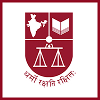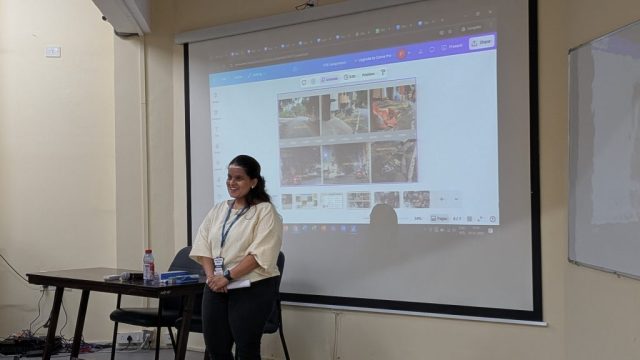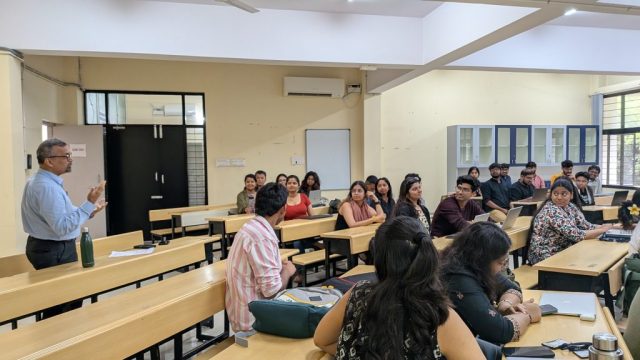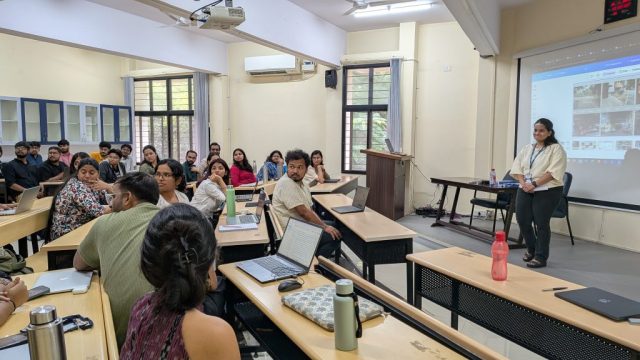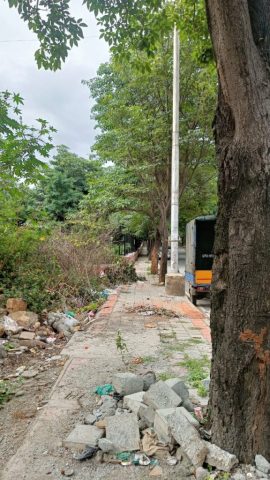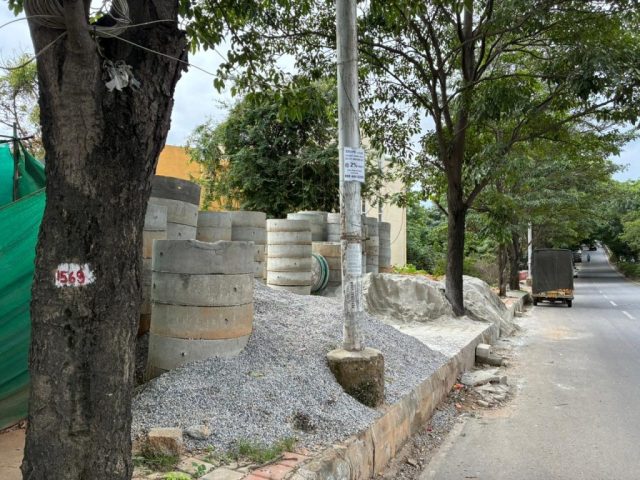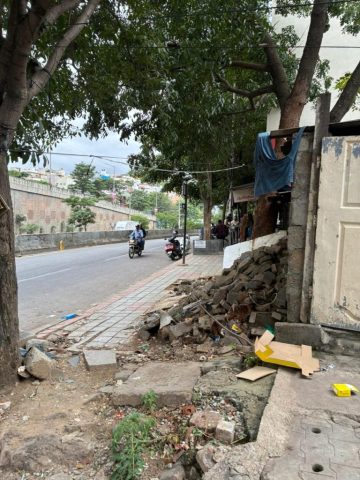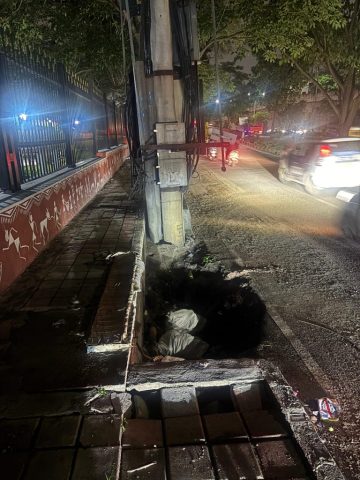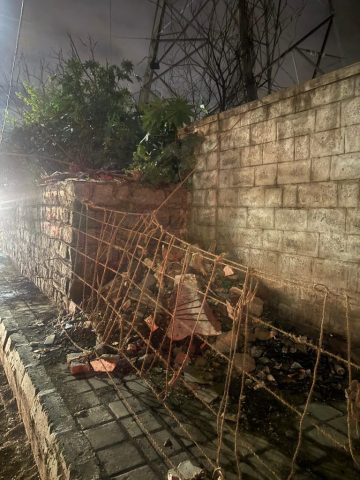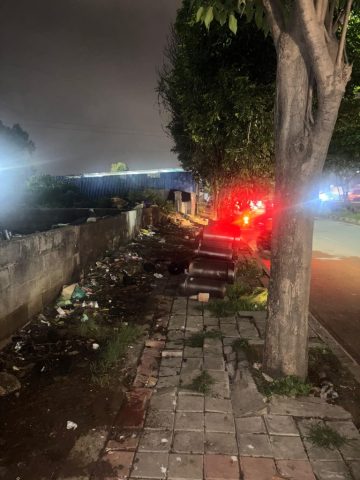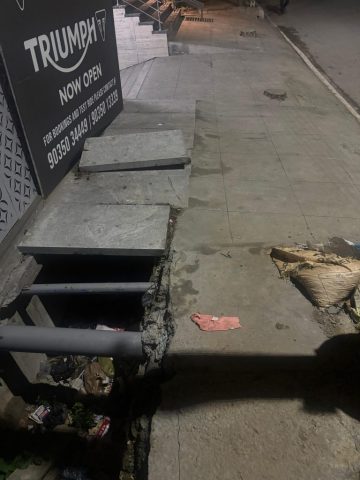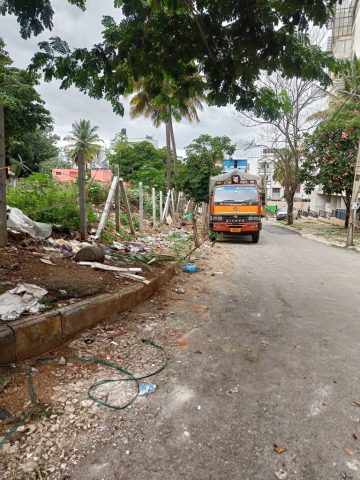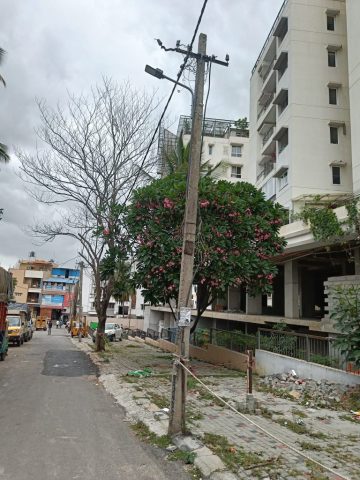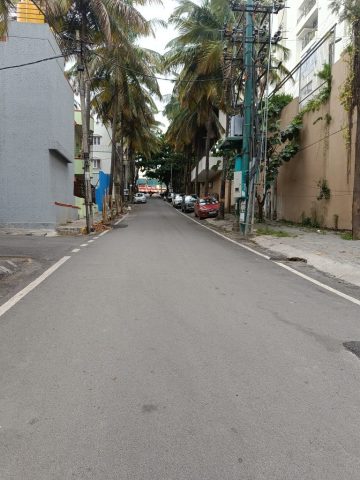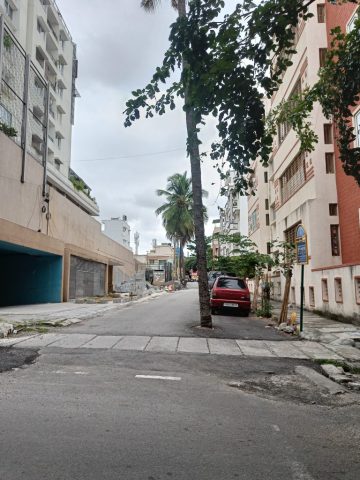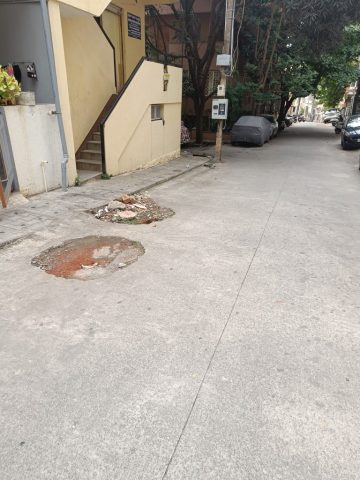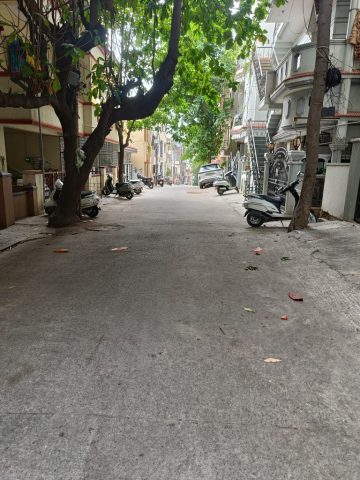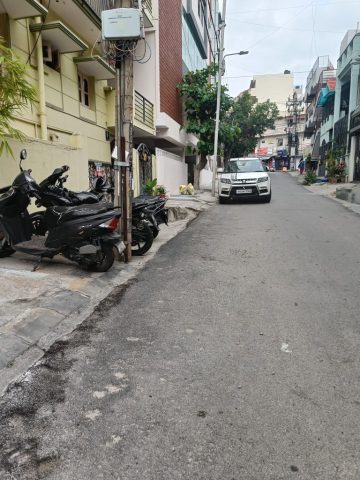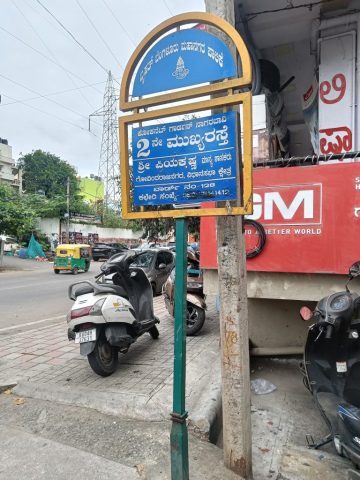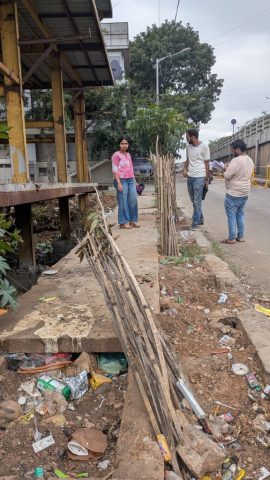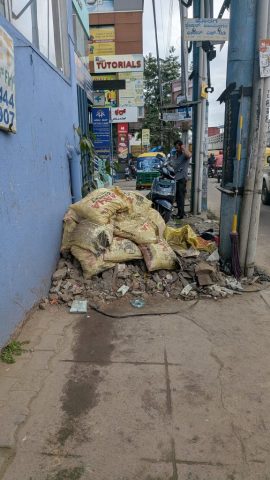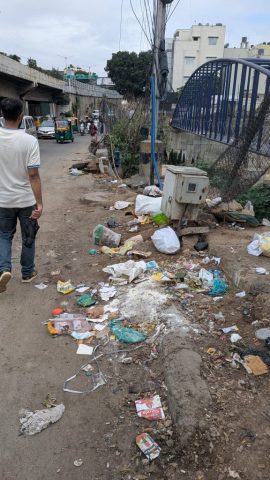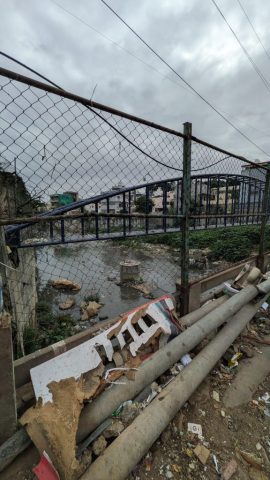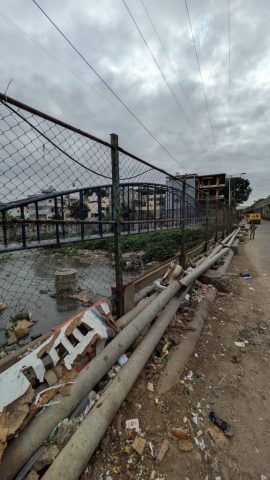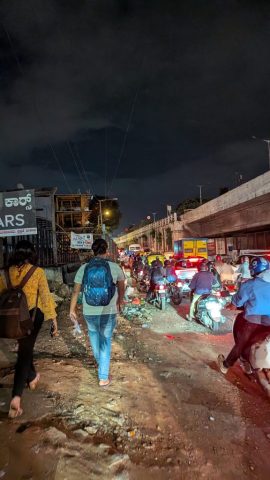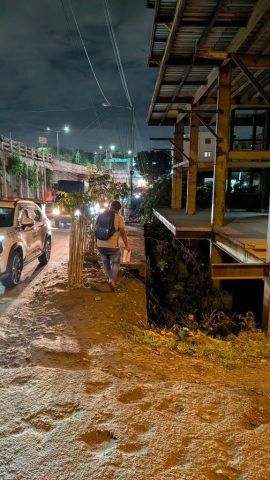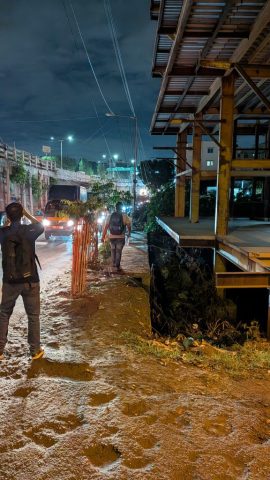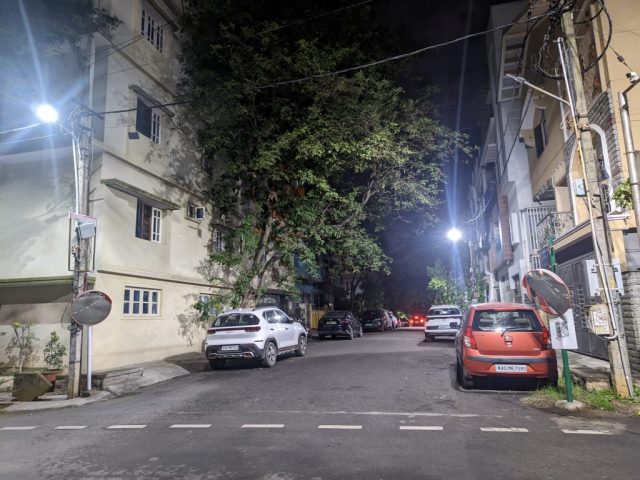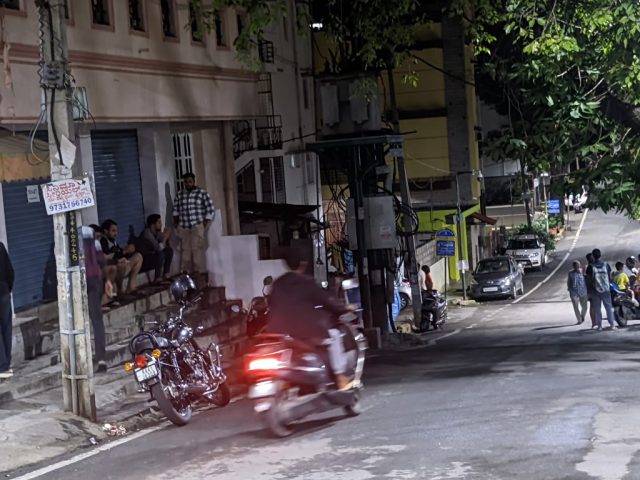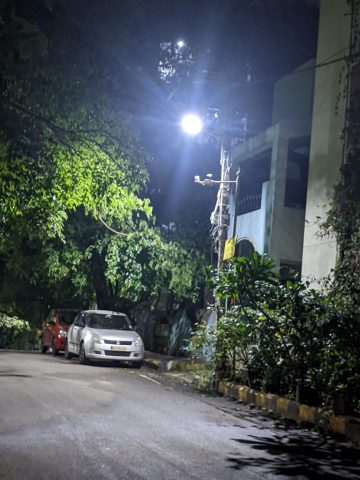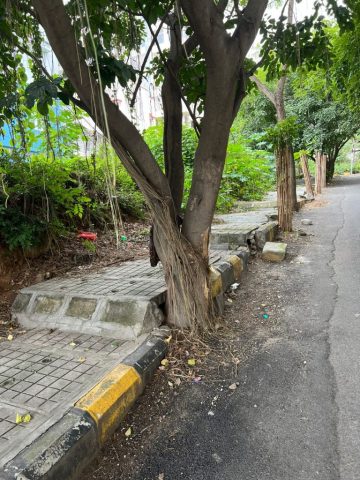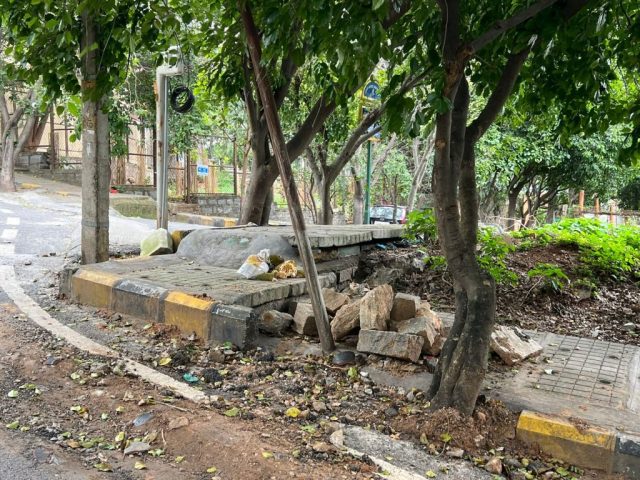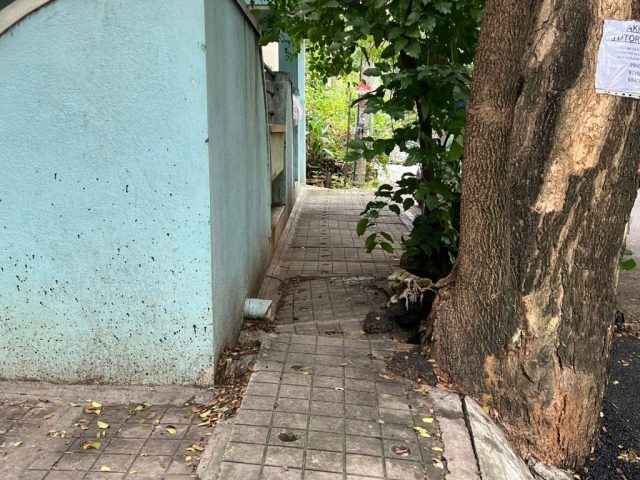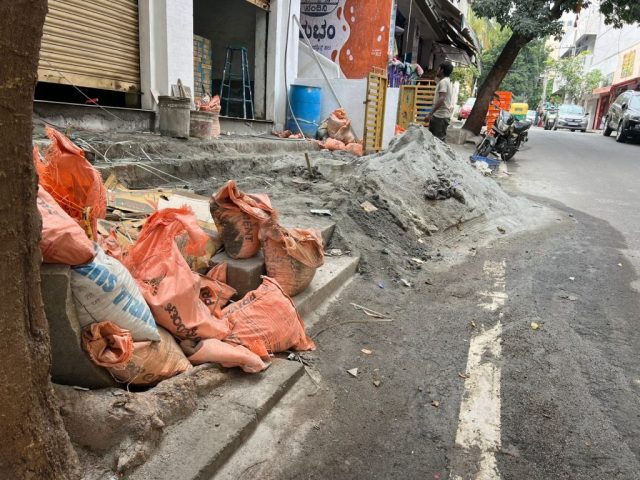‘Walking Experience of Footpaths’ | A Workshop by MPP Alumna Genesia Rodrigues
August 5, 2025
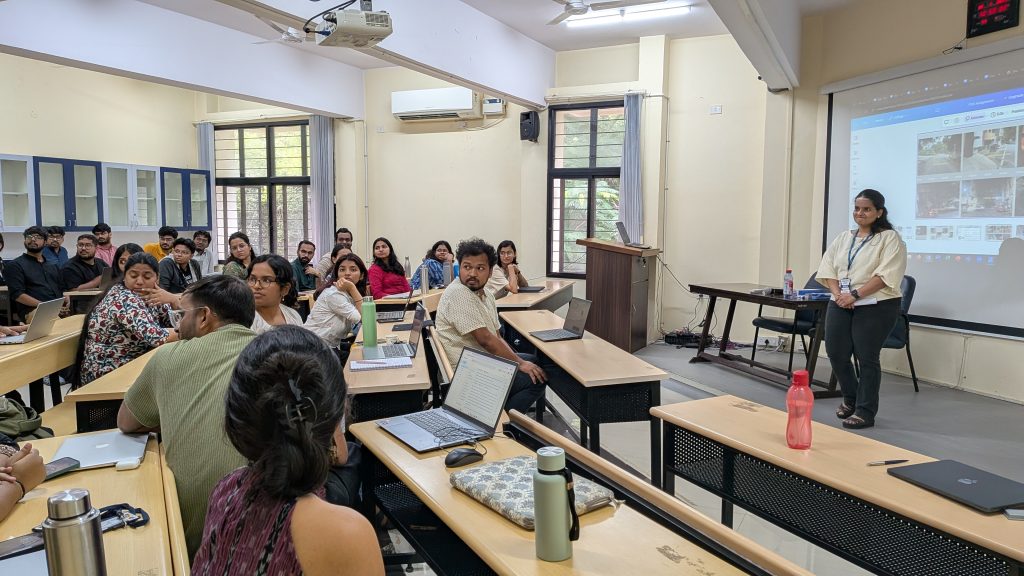 NLS alumna Genesia Rodrigues (NLS MPP 2019), Senior Manager – Public Policy, Kazam, conducted a workshop on ‘Walking Experience of Footpaths’ at NLS between July 28 to 30, 2025. Genesia, who works in the space of urban mobility, had previously conducted a similar workshop on urban infrastructure at NLS. This latest workshop saw the participation of second-year students of the Master’s Programme in Public Policy (MPP), facilitated by Dr. Sony Pellissery, Professor and Co-Director, Centre for the Study of Social Inclusion, NLSIU.
NLS alumna Genesia Rodrigues (NLS MPP 2019), Senior Manager – Public Policy, Kazam, conducted a workshop on ‘Walking Experience of Footpaths’ at NLS between July 28 to 30, 2025. Genesia, who works in the space of urban mobility, had previously conducted a similar workshop on urban infrastructure at NLS. This latest workshop saw the participation of second-year students of the Master’s Programme in Public Policy (MPP), facilitated by Dr. Sony Pellissery, Professor and Co-Director, Centre for the Study of Social Inclusion, NLSIU.
Here’s a short interview with Genesia.
What has been your professional journey since graduating from the MPP Programme at NLS?
I graduated in 2019 and I have been working in the space of urban mobility for the last seven years.
I started my career in urban mobility as a volunteer and I remember finding it very difficult to use buses in Bengaluru. At that time, I used to go to various NGO meetings and found one where they wanted volunteers – the Bangalore Bus Prayaanikara Vedike (BBPV). BBVP works for the mobility rights for government workers, low income groups, domestic workers, sex workers, etc. and questions how we can build inclusive mobility.
I also worked as a consultant to the Government of Karnataka for a time. After that, I was a public policy manager at Namma Yatri, which is a ride hailing application. Currently, I am Senior Manager – Public Policy at an EV tech company, Kazam. Here we are looking at the electrification of mobility and how to make it more accessible for the gig economy, two-wheeler users, delivery fleets and also buses.
Can you tell us more about the workshop?
The workshop focussed on the walking experience of footpaths.
There are certain guidelines for how footpaths should be designed and we looked at whether those guidelines are translating in real life. We also analysed the lived experiences of people.
Footpaths essentially have different uses. Street vendors use them differently. An elderly person, a woman or a child will experience it very differently. So we looked at footpaths from those different lenses. We did a qualitative and a quantitative study, asking:
- What’s the width of the footpath?
- What’s the height of the footpath?
- How much area of the footpath meets policy requirements?
- How many number of trees and street lights are present?
I had conducted a similar workshop a couple of years ago at NLS. It was a ward level exercise, where we tried to look at the infrastructure available. (I think Sony Sir still has a chart and creative content from that workshop.) We asked:
- Are there schools?
- Are there hospitals at a walking distance?
- What are the different types of land uses?
- How are the lived experiences of a lower income group area versus a higher income group?
- What are the different types of infrastructure available for both groups?
How does it feel to come back to your alma mater? What brings you back here?
I think NLS gave me a lot. It gave me a good starting point to kick off my public policy career because I came from an engineering background. The way I looked at policies actually changed in my two years here. It gave me good networks to start with. I have kept in touch with Prof. Babu Mathew (Co-Director, Centre for Labour Studies) and Prof. Sony Pellissery. They both helped me reach out to a lot of NGOs when I was doing my dissertation. I had a very technical dissertation but over the course of time and with their guidance, the ‘people element’ started coming in.
I got a lot from NLS, so I want to give back a little.
